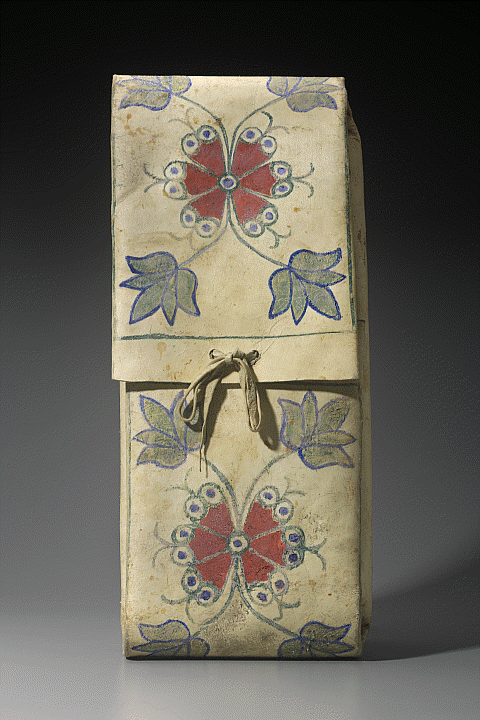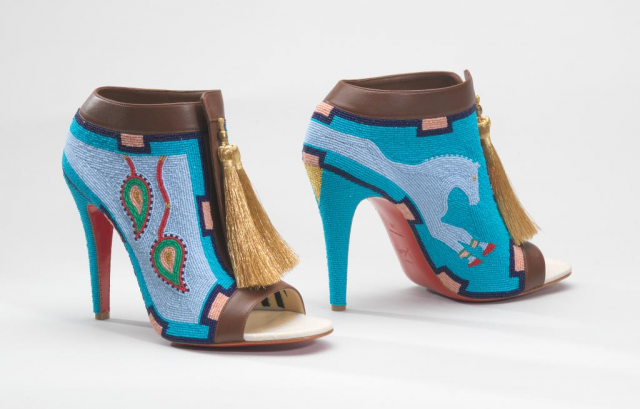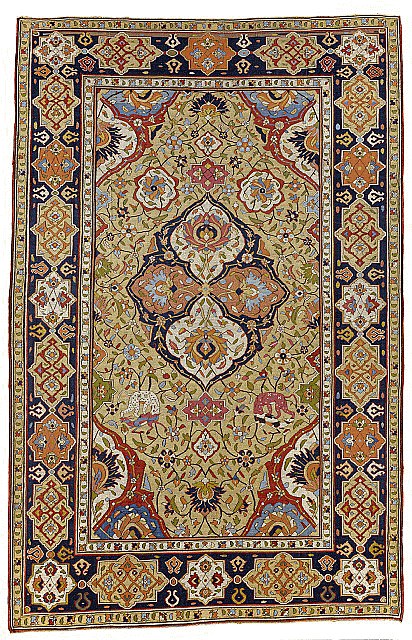Virtual Workshop Guidelines & Registration
Virtual Tour Requests for fall 2021 will be accepted beginning September 1, 2021. Scheduling for 2022 will begin on December 1, 2021.
The Zoom link/password will be sent in an email 7 days prior to your event.
- Each teacher needs to register for their own class, please do not schedule for others.
- Encourage students to participate! The experience is best when students engage with museum educators and one another through the chat function and/or through spoken discussion.
- Be respectful of yourself and others, both when speaking aloud and typing in the chat.
- Students will enter the workshop on mute.
Group Size
Due to the interactive nature of this experience, virtual school workshops are intended for classes of 30 or fewer students watching together, on individual devices, or remotely from their homes. Please email StudioWorkshops@nelson-atkins.org for more information or questions about virtual capacity.
Art Kits
If you request art kits for your workshop, be sure to provide an accurate attendance number. This enables us to provide supplies to as many students as possible. If your anticipated attendance changes, send an updated count, up to 3 weeks before your scheduled workshop to StudioWorkshops@nelson-atkins.org. The kits will be available for pick-up at Coat Check during regular museum hours 2 weeks before your workshop date. You will need to provide the name of the teacher who registered, and the date and time of your workshop at pick-up. PLEASE NOTE: Art Kits are not provided for the Curator for a Day workshop, but additional digital resources are provided online.
Chaperones
- Minimum of one adult chaperone is required for your Virtual Field Trip.
- Chaperones may be a teacher, para-professional, parent, or other school staff member.
- Chaperones help monitor chat appropriateness, assist students with technology issues, and encourage participation and respectful behavior.
- Ask chaperones to identify themselves by hovering over their displayed name in the participants list and clicking “Rename”. Example: Name, chaperone.
Technical Requirements for Live Virtual Tour Experiences
Option 1 In-person class with a digital projector or smartboard including a computer with camera, microphone, and internet connection. It’s best if computer audio is connected to speakers to allow the entire classroom to hear the museum’s educators.
Option 2 In-person class with individual devices connected to the internet and headsets for each student.
Option 3 Remote (at home) each student will need a device connected to the internet to participate via Zoom’s chat feature.
How We Connect
The link/password to your Live Virtual Workshop will be sent in an email 7 days prior to your event.
Test Calls: Test calls are recommended before your first Virtual School Workshop and take only 3-5 minutes to complete. The test call will be scheduled separately via email one week prior to your Virtual Field Trip.
One week before your scheduled Live Virtual Workshop: A Zoom link and password will be included in an email with information about how to connect with us via Zoom at the scheduled date and time. The automated emails are sometimes filtered out, so please check all your mailbox folders.
Day of scheduled Live Virtual Workshop: Click the Zoom link to connect 5-10 minutes before the scheduled date and time of the Live Virtual Workshop.
If students are working remotely, share the link with each of them and all chaperones. If this is your first time using the Zoom platform the link will prompt you to install the free software; installation should take less than two minutes and does not require the creation of a zoom account. If students are working remotely please have them login earlier to allow time for download if needed.
Late Starts
Due to multiple scheduled events, we may not be able to extend your Live Virtual Workshop. Please have everyone ready to begin 3-5 minutes before your confirmed, scheduled time.
Cancellations and Changes
To cancel or make a change to your scheduled Live Virtual Workshop please email studioworkshops@nelson-atkins.org. Please include your name, phone number, order number, name of school, and date and time of your scheduled visit. Cancellations are requested at least 48 hours before your scheduled event.
All changes to date, time and workshop will require the cancellation of your scheduled event and a new request to be submitted via the Virtual Workshop Request form, requiring at least three weeks advance submittal for a new date.
Questions?
For additional information please email StudioWorkshops@nelson-atkins.org
We look forward to working with you!
By clicking “REGISTER” you acknowledge you have read and agree to the guidelines above. Registration will begin on the next page.


